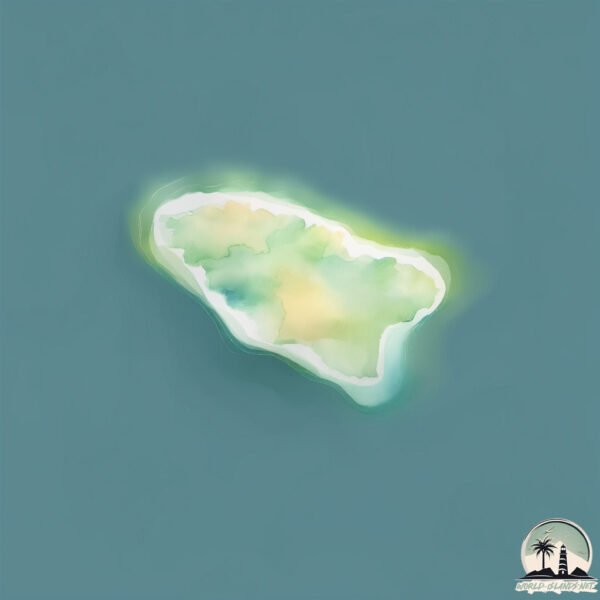Welcome to Winceby Island , a Dry island in the Great Australian Bight, part of the majestic Indian Ocean. This guide offers a comprehensive overview of what makes Winceby Island unique – from its geography and climate to its population, infrastructure, and beyond. Dive into the details:
Geography and size of Winceby Island
Size: 0.325 km²Coastline: 2.3 kmOcean: Indian OceanSea: Great Australian BightContinent: Oceania
Winceby Island is a Tiny Island spanning 0.325 km² with a coastline of 2.3 km.
Archipel: –
Tectonic Plate: Australia – A major tectonic plate covering Australia, New Zealand, and parts of the Indian and Pacific Oceans, known for its relative stability and occasional seismic activity.
The geographic heart of the island is pinpointed at these coordinates:
Climate and weather of Winceby Island
Climate Zone: DryClimate Details: Cold Semi-Arid (Steppe) ClimateTemperature: Cold
Climate Characteristics: Characterized by hot summers and cold winters, this climate is typically found on the edges of continental zones. It receives sufficient precipitation to avoid desert conditions.
Topography and nature of Winceby Island
Timezone: UTC+09:30Timezone places: Australia/AdelaideMax. Elevation: 1 m Mean Elevation: 0 mVegetation: Cultivated LandTree Coverage: 84%
The mean elevation is 0 m. The highest elevation on the island reaches approximately 1 meters above sea level. The island is characterized by Plains: Flat, low-lying lands characterized by a maximum elevation of up to 200 meters. On islands, plains are typically coastal lowlands or central flat areas.
Dominating Vegetation: Cultivated Land
Vegetation: 1 vegetation zones – Minimal Diversity Island
Infrastructure and Travelling to Winceby Island
Does the island have a public airport? no .
Does the island have a major port? no .
The mean population of Winceby Island is 0 per km². Winceby Island is Uninhabited. The island belongs to Australia .
Continuing your journey, Thistle is the next notable island, situated merely km away.
AGENT, Call 0812-6887-8103, Agent Peta dan Buku Kapal,
KLIK https://wa.me/6281268878103 AUS0325 ROWLEY SHOALS TO BEDOUT ISLET, AUS0326 BEDOUT ISLET TO PORT ...
AGENT, Call 0812-6887-8103, Agent Peta dan Buku Kapal,
WHY THE WORLD NEEDS LINCOLNSHIRE: Episode 3 - The Greatest Briton & Royal Associations
Third Video in 9 Part series on the unsung county of Lincolnshire. ...
Third Video in 9 Part series on the unsung county of Lincolnshire. Widely regarding as the Greatest Briton in history, we focus on ...
Why The World Needs Lincolnshire: Trailer
This video is a Trailer for the Documentary Series 'Why The World ...
This video is a Trailer for the Documentary Series 'Why The World Needs Lincolnshire'. The 9 Episodes focus on the remarkable ...
Australia is classified as Developed region: nonG7: Developed economies outside of the Group of Seven, characterized by high income and advanced economic structures. The level of income is High income: OECD.
News – Latest Updates and Headlines from Winceby Island
Stay informed with the most recent news and important headlines from Winceby Island. Here’s a roundup of the latest developments.
Loading...
Please note: The data used here has been primarily extracted from satellite readings. Deviations from exact values may occur, particularly regarding the height of elevations and population density. Land area and coastline measurements refer to average values at mean high tide.

